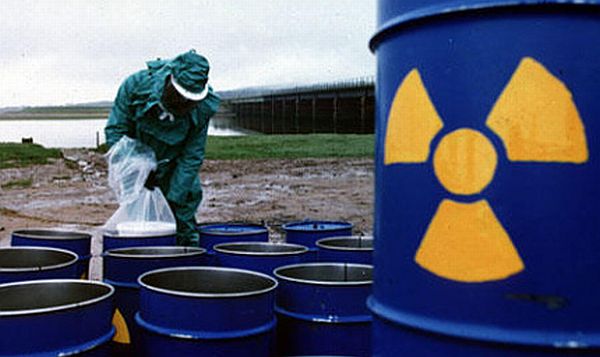The Waste
Every existent resource on this planet leaves some or the other left over after it burns away, no matter how potent and effective the resource is. The same applies to nuclear power. An immense source of energy derived from the fission reaction of radioactive atoms, nuclear fission reaction is a one stop source of power and energy in unparalleled levels. But the consequences? Butts and sticks of uranium, harmful radioactive substances with their full lives extending to thousands of years and nuclear radiations that are capable of changing the very base thread of life – gene. Nuclear waste, more popularly known as spent fuel, is that part of the radioactive material that can no further be utilized for the sole purpose of energy generation, but still remains in its active state. As a result, it continues to emit radioactive waves which, in a less or a greater degree, are harmful for the human kind. Taking in to consideration the fact that there are almost 400 nuclear power plants operating around 32 major countries of the world, the amount of nuclear waste can only be imagined. Ironically, it is thought that once buried underground, this waste would supposedly stop having the effect it has when left in an exposed fashion. However, it is not so. Under the ground, under water or in any other concealed place, the effect of the material continues to be the same.

The Origin
As already discussed, the main chunk of nuclear waste arises from the nuclear plants around the world. Secondly, it is also derived from plants that reprocess nuclear weapons. The spent fuel can also be reprocessed. In fact, this is a common process at many plants around the world. The main reason being that the waste also contains a considerable amount of fissile radioactive material. Mainly there are three types of nuclear waste- low level, intermediate level and higher level. Naturally occurring radioactive material known as NORM are said to be the largest sources of nuclear waste. The low level waste comes from hospital departments of nuclear medicine, nuclear power plants, and research labs. Intermediate level waste is generated by ion exchange columns of cooling systems of nuclear power plants, uranium processing plants and nuclear weapon. Coming to the highest level of waste, it comes from massive chunks of radioactive materials and what is known as the spent fuel. As is apparent, the higher level wastes are the ones that have to be stored in a preferentially safe place before it becomes inert enough to be considered safe.
The Numbers

The Impact
The world shivers when we talk about the Chernobyl nuclear mishap in Russia, the Fukushima accident in Japan, or the Three Mile Island accident in USA. Nuclear disasters have cost lives, taken toll on the existing population and destroyed the remnants of humanity at many places around the world. The effect of a nuclear explosion is so huge, that people staying miles away cannot escape its after-effects. The bomb blasts at Hiroshima and Nagasaki also stand witness to what havoc can the supreme weapon bring upon innocent civilian population. The most disturbing affect lies in the fact that nuclear radiations travel by the aerial means. As such, it is communicable at distances which would have taken a much greater time to reach had the medium of dispersion been something else. Secondly, the fact that the ultimate affect of nuclear radiations lies in the transformation of genetic sequences, poses a threat to mankind in the deepest meaning of the word. The result is that the surviving population bears the heavy weight of very existence. Genes being changed, means that generation together to come would have to live with the fact that their ancestors had, at some point of time been exposed to the ruthlessness of a nuclear explosion, and the genetic changes can be more than just difficult.
Green alternatives
Nuclear fusion reaction is the most potent source of untapped energy that is absolutely harmless to nature with the same intensity of energy efficiency as that of a fission reaction. It is the same chain of reactions that take place on the sun and release an untold amount of energy flares. This reaction has, till now not been tapped on a large scale in any productive way. It is a chain that becomes involuntary once set in motion and this very fact makes it more dangerous than fission reaction. The raw material for fusion reaction is also available in plenty on the earth’s surface – Deuterium and Lithium. Other sources of energy like solar, wind, geothermal and tidal are few of the other options that are worth considering. After all, any form of energy that could light your house without leaving any sort of regrettable waste behind is more than welcome in today’s age of scampering energy crisis.




